The Top 5 Most Alligator-Infested Rivers in Florida
Alligators in Florida Rivers
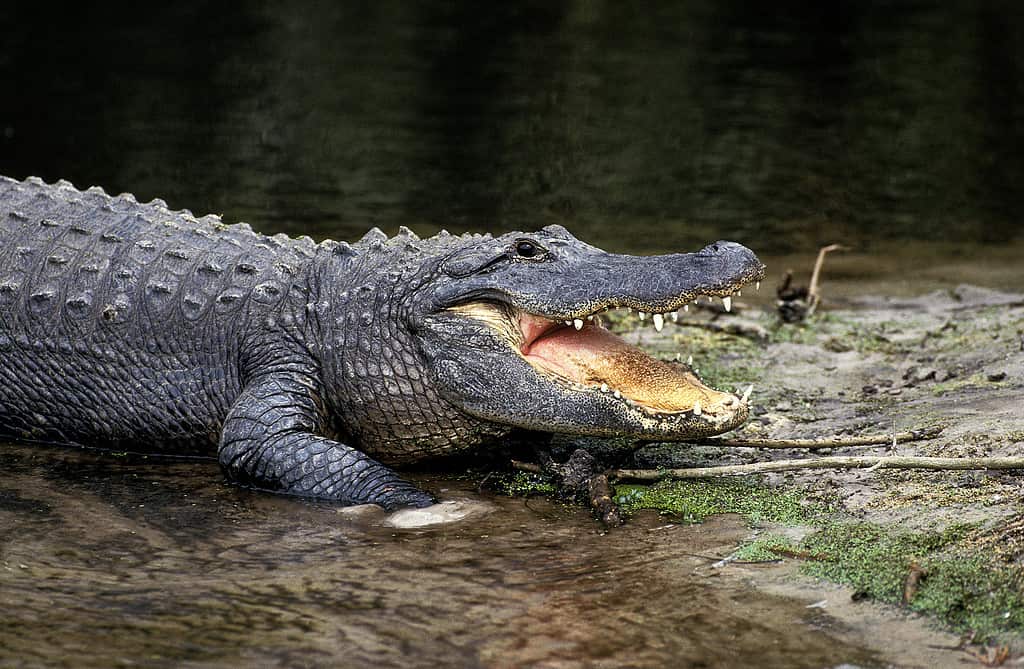
©slowmotiongli/iStock via Getty Images
You’ve heard it time and time again: If you’re near freshwater in Florida, you’re not far from an alligator. From manatees to dolphins, and panthers, there is a large variety of animals in Florida. However, only one is so famously known to the region that it became the coveted mascot of the University of Florida: the gator. And while it may be easy to assume that Florida’s largest rivers would have the most alligators, that may not always be true. You’ll be shocked to learn about some of the smaller rivers that provide a perfect home to the state’s famous reptile. Keep reading to learn more about the official reptiles of the state of Florida, as well as the top five most alligator-infested rivers in the state!
Key Points:
- Florida has the second-largest amount of alligators in the United States, with a population of approximately 1.3 million gators. The state with the most alligators is Louisiana.
- It’s presumed that alligators can be found in any freshwater body of water in Florida, and have been located in all 67 Florida counties.
- The average life span of alligators is 35-50 years in the wild and 60-80 years in captivity.
- Adult alligators can average up to 800 pounds and 13 feet long.
- Alligators are often easy to spot because they’ll regularly sun themselves out in the open to help regulate their temperature.
Fun Facts about Gators
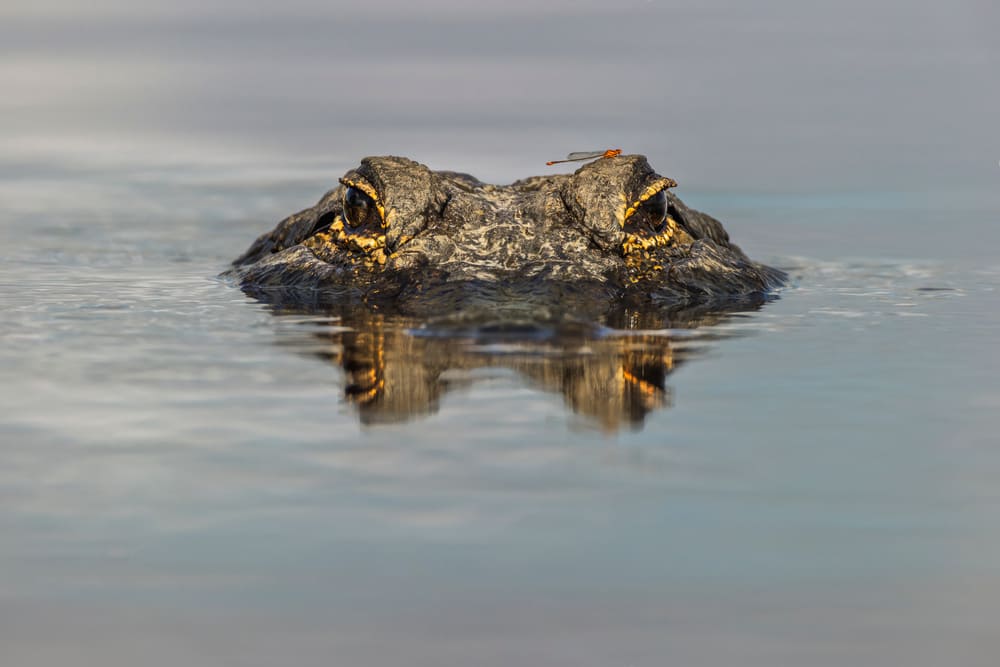
©Danita Delimont/Shutterstock.com
Once thought to be nearly extinct due to unrestricted hunting, Florida’s alligator population has thankfully recovered. The U.S. Fish and Wildlife Service formally removed alligators from the endangered species list in 1987. Now, biologists confirm alligators reside across all of Florida’s 67 counties and in any body of freshwater. As the state’s largest reptile, alligators can grow up to 13 feet long and 800 pounds. The largest alligator recorded in the state of Florida was a whopping 17 feet, 5 inches, according to Everglades National Park. In the wild, alligators can live 35-50 years, whereas they can live a long 60-80 years in the care of humans. Click here to learn 10 more incredible alligator facts!
How Do We Count the Alligator Population?
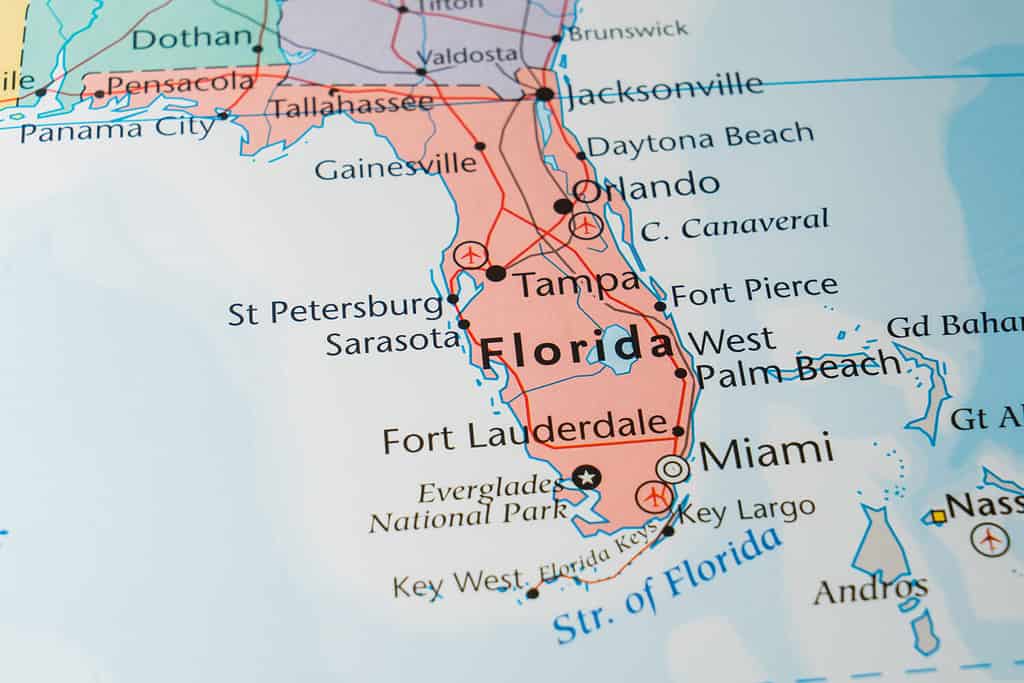
©Alexander Lukatskiy/Shutterstock.com
Because the Florida alligator population was once completely depleted, the state has made maintaining a healthy gator population a much higher priority. Each year, biologists venture out into the Florida waters to take count of the gators found in their rivers, lakes, streams, and marshes, to calculate the appropriate amount of hunting licenses to issue for the upcoming season. Updated in June of this year, check out this interactive map of Florida from Donovan Myrie, Ph.D., showing how many alligators were counted in various bodies of water throughout the state!
The Top 5 Most Alligator-Infested Rivers in Florida
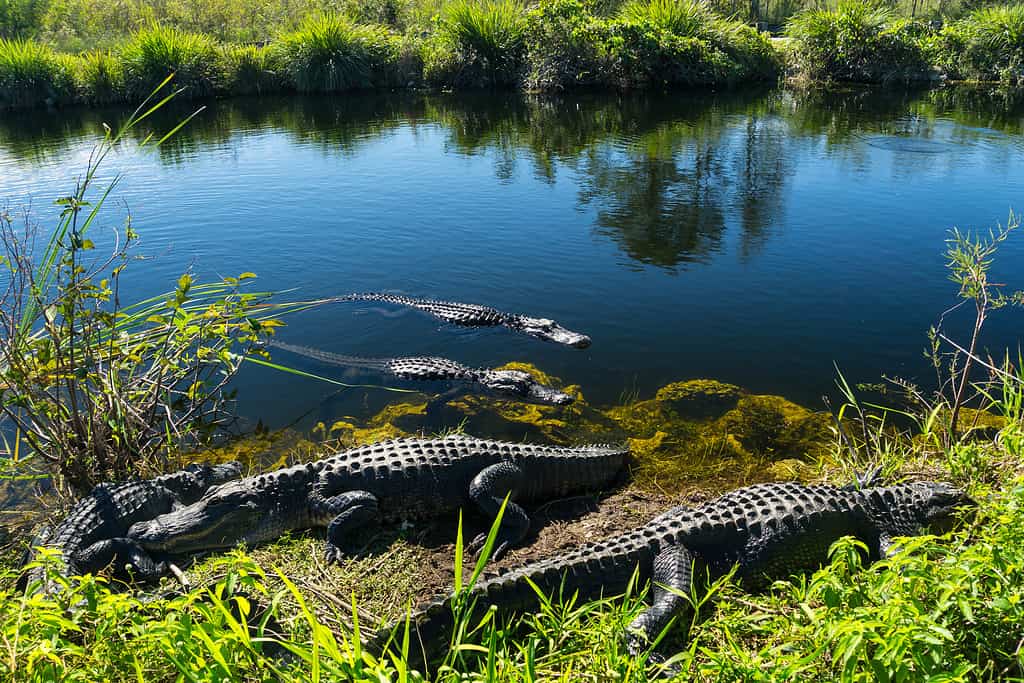
©Simon Dux/iStock via Getty Images
1. St. Johns River
Location: St. Johns Marsh to Jacksonville, FL
River Length: 310 Miles
Alligator Count: 5,109
St. Johns River is the longest river in Florida at 310 miles long. Due to its massive size, it is no mystery as to why St. Johns River is also the most alligator-infested river in the state. St. Johns River is a popular location for several outdoor activities, such as fishing, paddling, hiking, manatee watching, and birdwatching. Explore more about the St. Johns River here.
2. Kissimmee River
Location: East Lake Tohopekaliga to Lake Okeechobee
River Length: 134 Miles
Alligator Count: 2,387
In second place, the Kissimmee River is less than half the length of the St. Johns River but is still home to an impressive 2,387 alligators. While the Kissimmee River is less popular for outdoor recreation than the St. Johns River, it forms the northern part of the Everglades wetlands area, which is why it creates such a hospitable home for alligators and other wildlife. Additionally, the Kissimmee River has been the subject of one of the largest ecosystem restoration projects in the world.
3. Harney River
Location: Monroe County, FL
River Length: 10.19 Miles
Alligator Count: 1,579
The Harney River is the shortest river to make this list at only 10.19 miles. However, despite its short length, the Harney River is reportedly the home to 1,579 alligators. This river is located just 25 minutes from Daytona Beach and provides anglers with gratuitous amounts of shallow banks perfect for fishing.
4. Withlacoochee River
Location: Green Swamp (East of Polk City) to the Gulf of Mexico (Near Yankeetown)
River Length: 141 Miles
Alligator Count: 596
Reportedly 596 alligators reside within the Withlacoochee River, but what it’s known for most is the state’s longest rail trail that accompanies it. Area residents and visitors can enjoy the beautiful views of Florida wildlife while walking, running, and biking the 46-mile-long paved Withlacoochee State Trail alongside the river. Additionally, the Cypress Lake Preserve, Nobleton Wayside Park, and the Southwest Florida Water Management District natural preserve are local favorites for outdoor fun along the Withlacoochee River.
5. Myakka River
Location: Hardee-Manatee County Line to Charlotte Harbor (Gulf of Mexico)
River Length: 72 Miles
Alligator Count: 239
Rounding out the top 5 alligator-infested rivers in Florida is the Myakka River. Florida’s first state-designated wild and scenic river, the Myakka River is a popular location for kayaking, paddleboarding, and canoeing, despite being an alligator haven. This river also flows through one of Florida’s oldest and largest parks. Myakka River State Park is home to some of the state’s best camping, hiking, and biking. Click here to learn more about Myakka River State Park and plan your visit!
Florida Water Safety
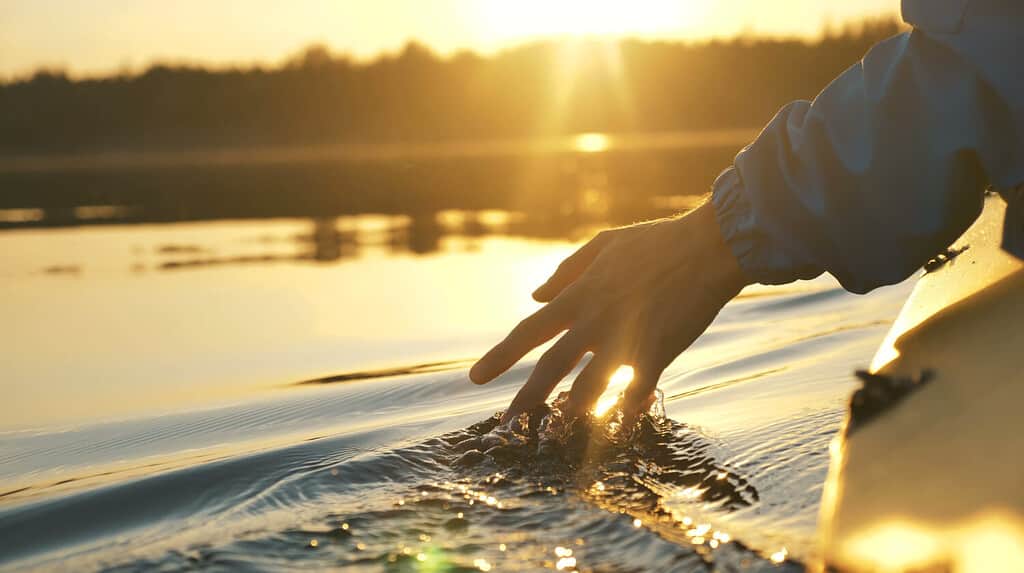
©PERO studio/Shutterstock.com
Now that you know alligators can be found in any freshwater in Florida, how can you stay safe? Is it time to accept that you’ll never swim again? First, it’s important to remember that alligators do not consider humans to be a food source. Instead, gators prefer to eat birds, fish, and small mammals. Occasionally, they have been known to hunt larger animals, such as deer, smaller alligators, and the Florida panther. The chance run-in with alligators does happen, but attacks on humans are relatively rare, averaging only six fatal attacks per year in the United States. Follow these simple safety tips to coexist with Florida gators:
- Do not feed alligators.
- If you see an alligator, give it plenty of space. Do not approach to investigate or take selfies.
- Observe any safety signs when spending time in or around water.
- Stay vigilant and check regularly for any signs of alligator activity.
- Never swim alone.
- Do not swim after dark.
- Swim only in designated swimming areas.
- Avoid swimming in any murky water.
- Leash your pets and ensure they are kept far from the water’s edge.
- Take extra caution from April through June. Alligators are more aggressive during courting, mating, and nesting seasons.
See Ya Later, Alligator!
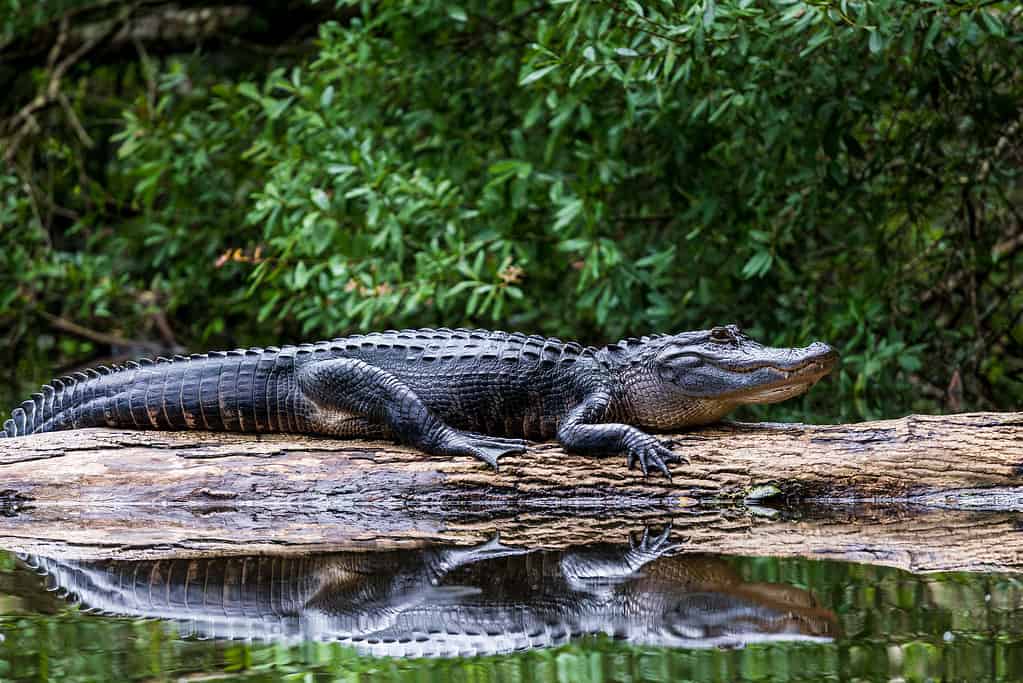
©Joe Pearl Photography/iStock via Getty Images
Spending time outdoors is great for your health and soul. While Florida may be home to 1.3 million alligators, there are still plenty of ways for us to soak up the sun while cohabitating with these apex predators. Check out these stunning five Florida alligator-infested rivers and follow safety precautions to ensure everyone makes it home in one piece.
| Rank | River Name | Alligator Count |
| 1 | St. Johns River | 5,109 |
| 2 | Kissimmee River | 2,387 |
| 3 | Harney River | 1,579 |
| 4 | Withlacoochee River | 596 |
| 5 | Myakka River | 239 |









